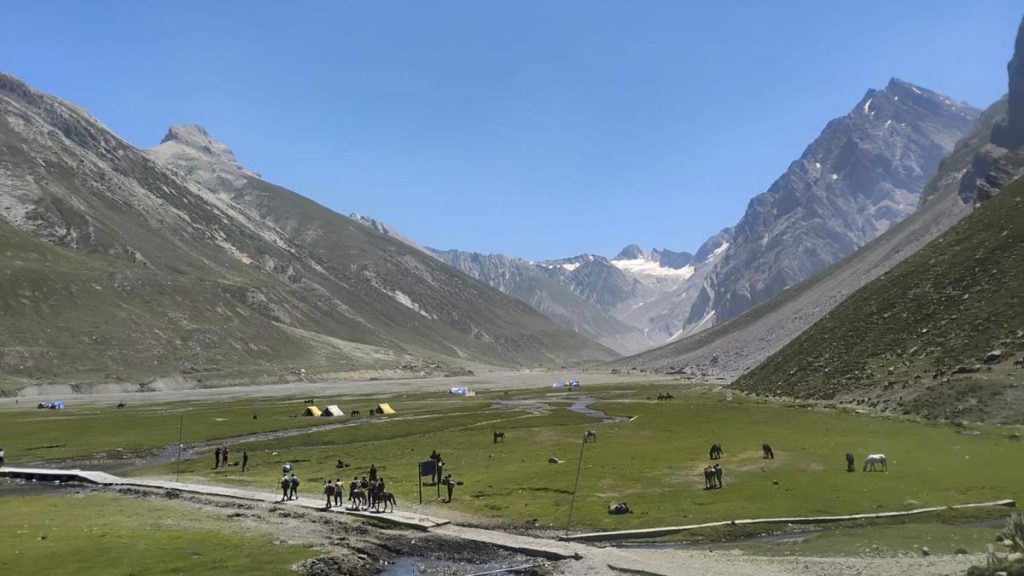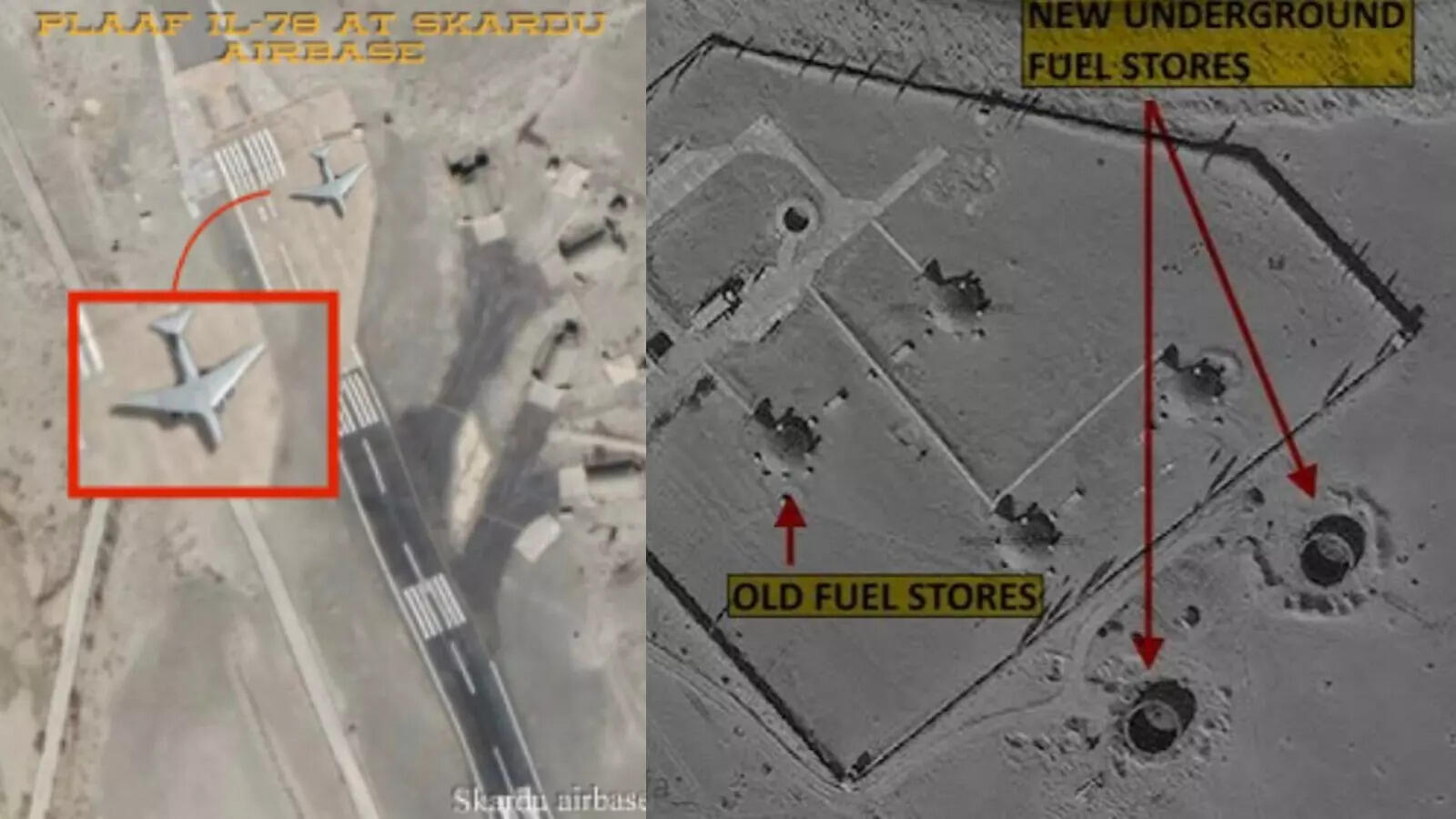Now Reading: 10 Fascinating Earth Facts That Feel Like Science Fiction
-
01
10 Fascinating Earth Facts That Feel Like Science Fiction
10 Fascinating Earth Facts That Feel Like Science Fiction

Fast Summary
- Earth’s Mantle Blobs from Theia: Earth’s mantle has two continent-sized blobs potentially originating from a collision with a Mars-sized protoplanet,Theia,4.5 billion years ago, which also formed the moon.
- Auroras 41,000 Years Ago: Earth’s magnetic field nearly collapsed, creating dazzling auroras across the globe but exposing early humans to high radiation levels.
- Second Core Formation: Earth’s solid inner core started forming 550 million years ago, “recharging” its magnetic shield and supporting complex life advancement.
- Mantle Uplift Aided Migration: Around 20 million years ago, tectonic activity created land bridges connecting Africa to Asia and aiding human migration.
- Oldest Mineral Zircons Found: Scientists discovered remnants of zircon crystals dating back to Earth’s earliest days (4.4 billion years), shedding light on early water-covered landscapes.
- Mongolia’s Ancient Ocean: Volcanic activity opened the Mongol-Okhotsk Ocean during the Devonian period (~410 million years ago), lasting over 115 million years before evaporating into today’s steppes.
- Supernova Impact Evidence in oceans: Excess beryllium deposits in ocean layers suggest Earth was hit by stellar radiation from a supernova roughly 10 million years ago.
- 3.47-billion-Year Crater Found in Australia: pilbara Crater remains one of Earth’s oldest known impact scars at over 60 miles wide and dates back nearly three-fourths of Earth’s existence.
- Green Oceans Era Explained: Billions of years ago, large amounts of dissolved iron turned Earth’s oceans green until cyanobacteria oxygenated them into today’s blue seas (~600M+ years ago).
- North America “Dripping” Phenomenon Discovered: Geologists observed cratons beneath North America thinning-a slow process likely caused by past tectonic plate subduction.
Indian Opinion Analysis
the revelations about Earth’s history underline how geological phenomena have significantly shaped our planet’s environment-and indirectly-human evolution. For India specifically, such studies highlight foundational aspects like water bodies transitioning due to shifting mantles or volcanic activity. These insights emphasize ongoing scientific work that connects ancient events to modern geography.
The story about mantle-driven migration is particularly poignant considering India’s own tectonic past-the drift toward Eurasia shaped Himalayan formation and regional climatic conditions influencing agriculture and biodiversity. Similarly important for India are contemporary challenges posed by weakening geomagnetic fields or climate change affecting ocean dynamics seen historically (e.g., green oceans).
Understanding long-term planetary behavior reinforces India’s global scientific collaborations while responding proactively on issues like radiation exposure risks during solar episodes or improving disaster control based on geological findings.
























